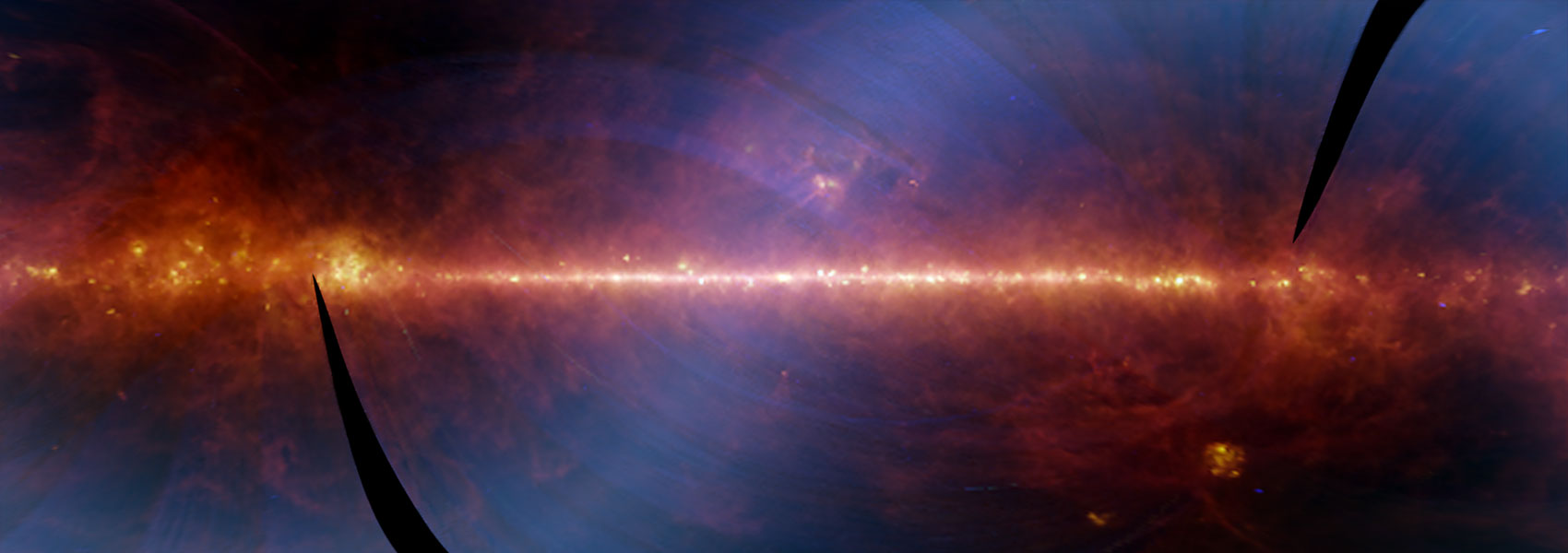June
2023
•
2023ApJ...949L..27L
Authors
•
Larsson, J.
•
Fransson, C.
•
Sargent, B.
•
Jones, O. C.
•
Barlow, M. J.
•
Bouchet, P.
•
Meixner, M.
•
Blommaert, J. A. D. L.
•
Coulais, A.
•
Fox, O. D.
•
Gastaud, R.
•
Glasse, A.
•
Habel, N.
•
Hirschauer, A. S.
•
Hjorth, J.
•
Jaspers, J.
•
Kavanagh, P. J.
•
Krause, O.
•
Lau, R. M.
•
Lenkić, L.
•
Nayak, O.
•
Rest, A.
•
Temim, T.
•
Tikkanen, T.
•
Wesson, R.
•
Wright, G. S.
Abstract
•
We present initial results from JWST NIRSpec integral field unit observations of the nearby supernova SN 1987A. The observations provide the first spatially resolved spectroscopy of the ejecta and equatorial ring (ER) over the 1-5 μm range. We construct 3D emissivity maps of the [Fe I] 1.443 μm line from the inner ejecta and the He I 1.083 μm line from the reverse shock (RS), where the former probes the explosion geometry and the latter traces the structure of the circumstellar medium. We also present a model for the integrated spectrum of the ejecta. The [Fe I] 3D map reveals a highly asymmetric morphology resembling a broken dipole, dominated by two large clumps with velocities of ~2300 km s-1. We also find evidence that the Fe-rich inner ejecta have started to interact with the RS. The RS surface traced by the He I line extends from just inside the ER to higher latitudes on both sides of the ER with a half-opening angle ~45°, forming a bubble-like structure. The spectral model for the ejecta allows us to identify the many emission lines, including numerous H2 lines. We find that the H2 is most likely excited by far-UV emission, while the metal-line ratios are consistent with a combination of collisional excitation and recombination in the low-temperature ejecta. We also find several high-ionization coronal lines from the ER, requiring a temperature ≳2 × 106 K.
Links



